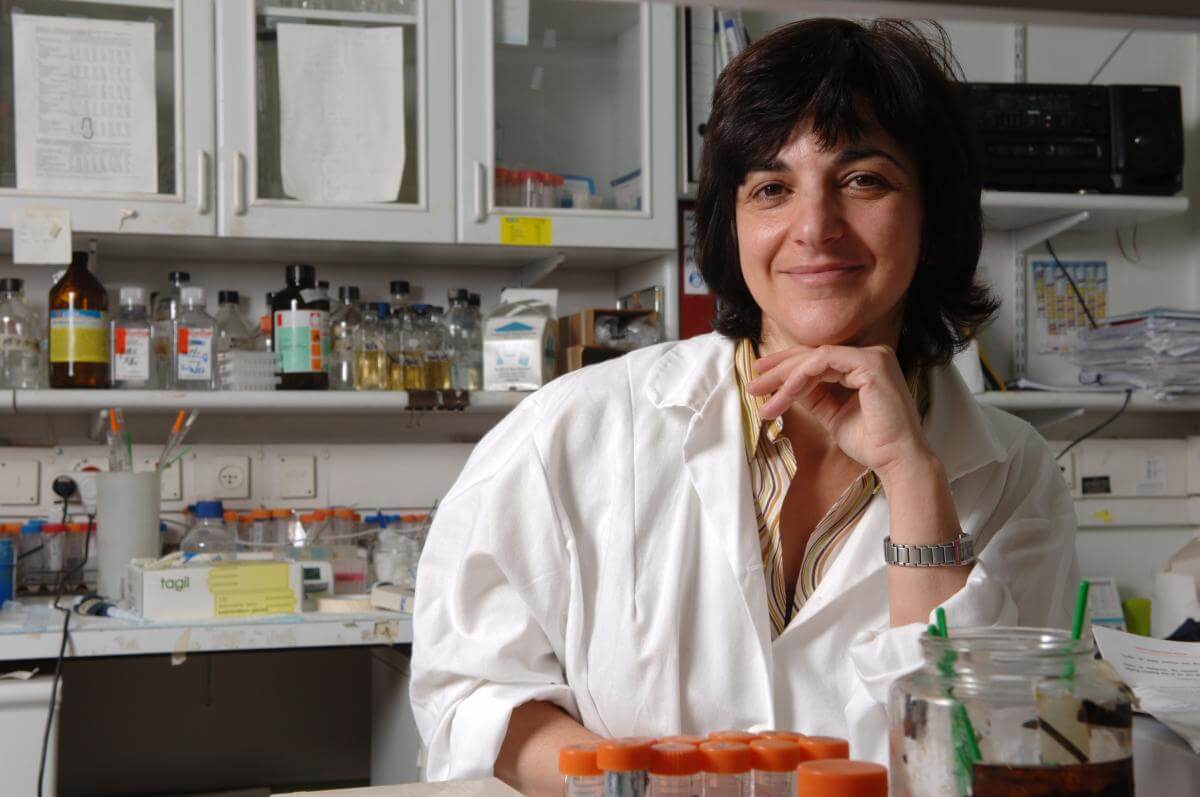Transcription of genetic segments, one of the basic processes in all animals and plants in the world, is conducted in a manner reminiscent of the flow of traffic on roads, including the formation of congestion and even traffic jams and traffic accidents. All of these are supervised by a unique genetic "traffic police". This is according to a new and unique study conducted under the leadership of Prof. Rivka Dickstein from the Department of Biological Chemistry at the Weizmann Institute of Science

Transcription of genetic segments, one of the basic processes in all animals and plants in the world, is conducted in a manner reminiscent of the flow of traffic on roads, including the formation of congestion and even traffic jams and traffic accidents. All of these are supervised by a unique genetic "traffic police". This is according to a new and unique study conducted under the leadership of Prof. Rebecca Dickstein from the Department of Biological Chemistry at the Weizmann Institute of Science, andbecame famous these days In the scientific journal Nature. These findings may help in the development of a new generation of drugs for various diseases.
In the transcription process, enzymes "travel" on a "rail" which is, in fact, a genetic segment (known as a "gene"), which is copied by them. In this process, the enzymes create molecules that are a transcript of the genes, which play a role in translating the genetic sequence (according to the genetic code) into proteins (the proteins are the ones that activate the mechanisms of life in the cell). Prof. Dickstein and the members of the research group she heads discovered that just like on the road, keeping an appropriate distance between the cars, that is, between the transcription enzymes, is essential to avoid accidents and reach the goal safely. Besides her, Dr. Nadav Marbach-Bar, Amitai Ben-Nun, Shaked Ashkenazi, Anna Tamarkin-Ben Harosh, Dr. Tali Avnit-Sagi and Prof. Michael Walker participated in the research.
The scientists studied the transcription of the genes that encode small control molecules called microRNAs. The experiment was carried out in human cells and as part of it, transcription processes carried out at different rates were examined: a high rate, in which the enzymes move in "bundles", and a low rate in which the enzymes leave at relatively large time intervals. The results were surprising and seemingly counterintuitive: when the transcription enzymes went to work in bursts, the amount of microRNA produced decreased. On the other hand, when the enzymes went their separate ways at larger intervals, the creation of the microRNA was more efficient.
The scientists discovered that when the enzymes go to work in "bunches", traffic jams are created, just like what happens during rush hours on the roads. When the first enzyme is stopped at the "deceleration bands" - a molecular signal that causes transcription to stop - the following enzymes collide with it, as in a "chain accident" - and fall off the gene (or "go off the rails"). Such accidents reduce the amount of microRNA produced. On the other hand, when the enzymes go on their way in larger time intervals, they maintain a safe distance from each other, and thus the journey is smoother, without traffic accidents, and as a result, the efficiency of microRNA production in the cell increases.
These findings shed new light on the production of microRNA, and thus may help in the design of drugs based on these molecules. MicroRNAs were discovered in the 90s of the last century, and they may play a key role in future medicine, among other things because they control the expression of genes, including genes involved in the development of cancer diseases.
Another finding that emerges from the current research is that during inflammation, when the body is threatened by invaders (viruses, or bacteria), the production of the anti-inflammatory microRNA is temporarily inhibited. The inhibition results from increasing the rate of movement of the transcription enzymes, which go out to protect the body. As a result of the increased rate, inflammatory genes without "slow down" are transcribed in large quantities, while in the gene encoding the anti-inflammatory microRNA, traffic jams and "traffic accidents" are created, which reduce the production of the microRNA. This reduction "buys time" for the inflammation, allowing it to perform its healing action, before the microRNA puts an end to it.
In addition, the new study explains a finding previously made in Prof. Dickstein's laboratory, according to which in longer genes the delivery rate of the transcription enzymes tends to be slower. The longer the gene, the more likely it is to contain molecular "slowdown tracks" that could create traffic jams and disrupt transcription. That's why transcription enzymes that move on these genes at a lower rate can do their work more efficiently, compared to the efficiency of enzymes that start in "bunches".
